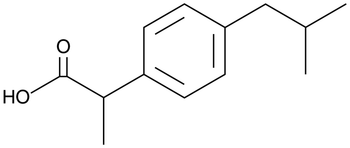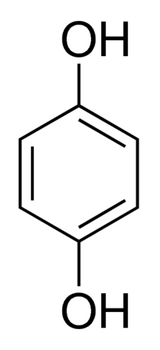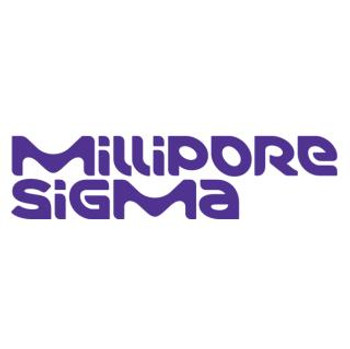Description
Ampicillin, 5G
anhydrous, 96.0-102.0% (anhydrous basis)
Synonym(s):
(-)-6-(2-Amino-2-phenylacetamido)-3,3-dimethyl-7-oxo-4-thia-1-azabicyclo[3.2.0]heptane-2-carboxylic acid, Ampicillin acid, Ampicillin anhydrous, D-(−)-α-Aminobenzylpenicillin
Empirical Formula (Hill Notation):
C16H19N3O4S
CAS Number:
69-53-4
Molecular Weight:
349.40
Beilstein:
1090925
EC Number:
200-709-7
MDL number:
MFCD00005175
PubChem Substance ID:
24891442
NACRES:
NA.85
PROPERTIES
Quality Level
200
Assay
96.0-102.0% (anhydrous basis)
form
solid
pKa (25 °C)
2.5 (COOH)
7.3 (NH2)
mp
208 °C (dec.) (lit.)
antibiotic activity spectrum
Gram-negative bacteria
Gram-positive bacteria
Mode of action
cell wall synthesis | interferes
storage temp.
2-8°C
SMILES string
[H][C@]12SC(C)(C)[C@@H](N1C(=O)[C@H]2NC(=O)[C@H](N)c3ccccc3)C(O)=O
InChI
1S/C16H19N3O4S/c1-16(2)11(15(22)23)19-13(21)10(14(19)24-16)18-12(20)9(17)8-6-4-3-5-7-8/h3-7,9-11,14H,17H2,1-2H3,(H,18,20)(H,22,23)/t9-,10-,11+,14-/m1/s1
InChI key
AVKUERGKIZMTKX-NJBDSQKTSA-N
DESCRIPTION
General description
Chemical structure: ß-lactam
Application
Ampicillin has been used to study antibiotic resistance and penetration limitations, the synergy between multiple antibiotics, certain bloodstream infections, and has been used to develop PCR assays to detect resistance genes in cerebrospinal fluid.[1][2][3][4]
Biochem/physiol Actions
β-lactams are inactivated by β-lactamases and for this reason ampicillin is used with a β-lactamase inhibitor.[5][6][7]
Mode of Action: Ampicillin is a semisynthetic penicillin and a ß-lactam antibiotic that inhibits bacterial cell-wall synthesis by inactivating transpeptidases on the inner surface of the bacterial cell membrane.
Mode of Resistance: Administration with ß-lactamase cleaves the ß-lactam ring of Ampicillin and inactivates it.
Antimicrobial Spectrum: Effective against both Gram-positive (similar to benzylpenicillin) and Gram-negative bacteria (similar to tetracyclines and chloramphenicol.
Mode of Resistance: Administration with ß-lactamase cleaves the ß-lactam ring of Ampicillin and inactivates it.
Antimicrobial Spectrum: Effective against both Gram-positive (similar to benzylpenicillin) and Gram-negative bacteria (similar to tetracyclines and chloramphenicol.
Caution
This product has been reported stable as supplied at 25°C at 43% and 81% relative humidity for six weeks. Additional studies have shown that the stability of Ampicillin in solution is a function of pH, temperature and the identity of the buffer. It′s activity is quickly lost when stored above pH 7. Optimal storage conditions are suggested as 2-8°C, and pH 3.8-5 where its activity was retained at 90%+ for a week.
Preparation Note
Ampicillin is reported as slightly soluble in water, practically insoluble in alcohol, chloroform, ether and fixed oils but soluble in dilute acids or bases. The solution should not be autoclaved; a stock solution should be sterilized through filtration and stored frozen, where it will be stable for months.
Other Notes
Store under argon. Keep container tightly closed in a dry and well-ventilated place, hygroscopic.
SAFETY INFORMATION
Signal Word
Danger
Hazard Statements
H317 - H334
Precautionary Statements
P261 - P272 - P280 - P284 - P302 + P352 - P333 + P313
Hazard Classifications
Resp. Sens. 1 - Skin Sens. 1
Storage Class Code
11 - Combustible Solids
WGK
WGK 2
Flash Point(F)
Not applicable
Flash Point(C)
Not applicable
Personal Protective Equipment
dust mask type N95 (US), Eyeshields, Gloves





